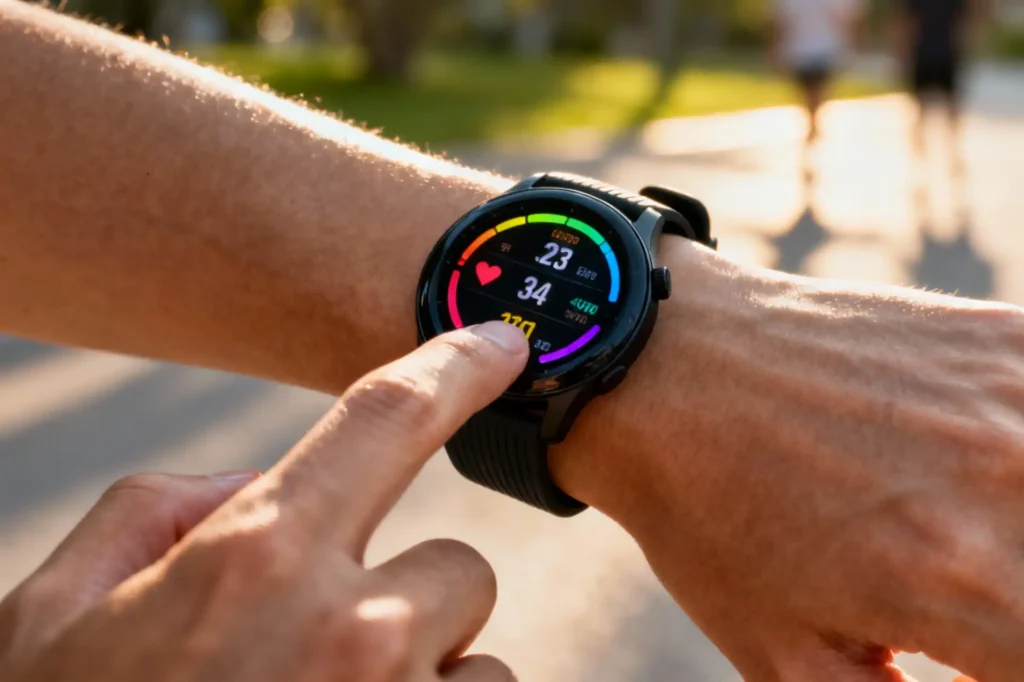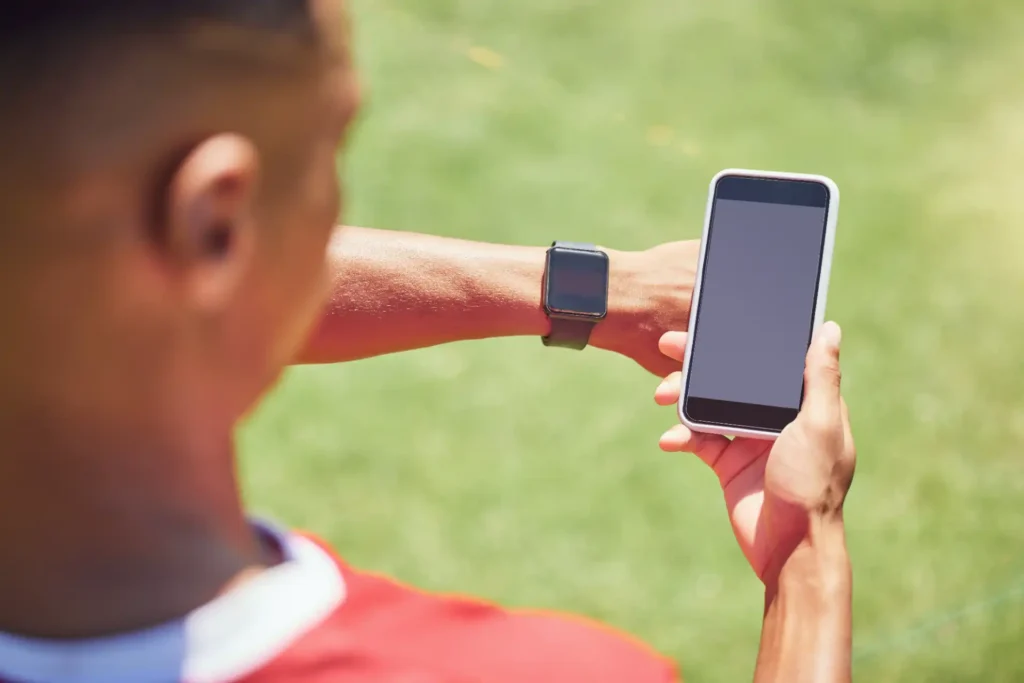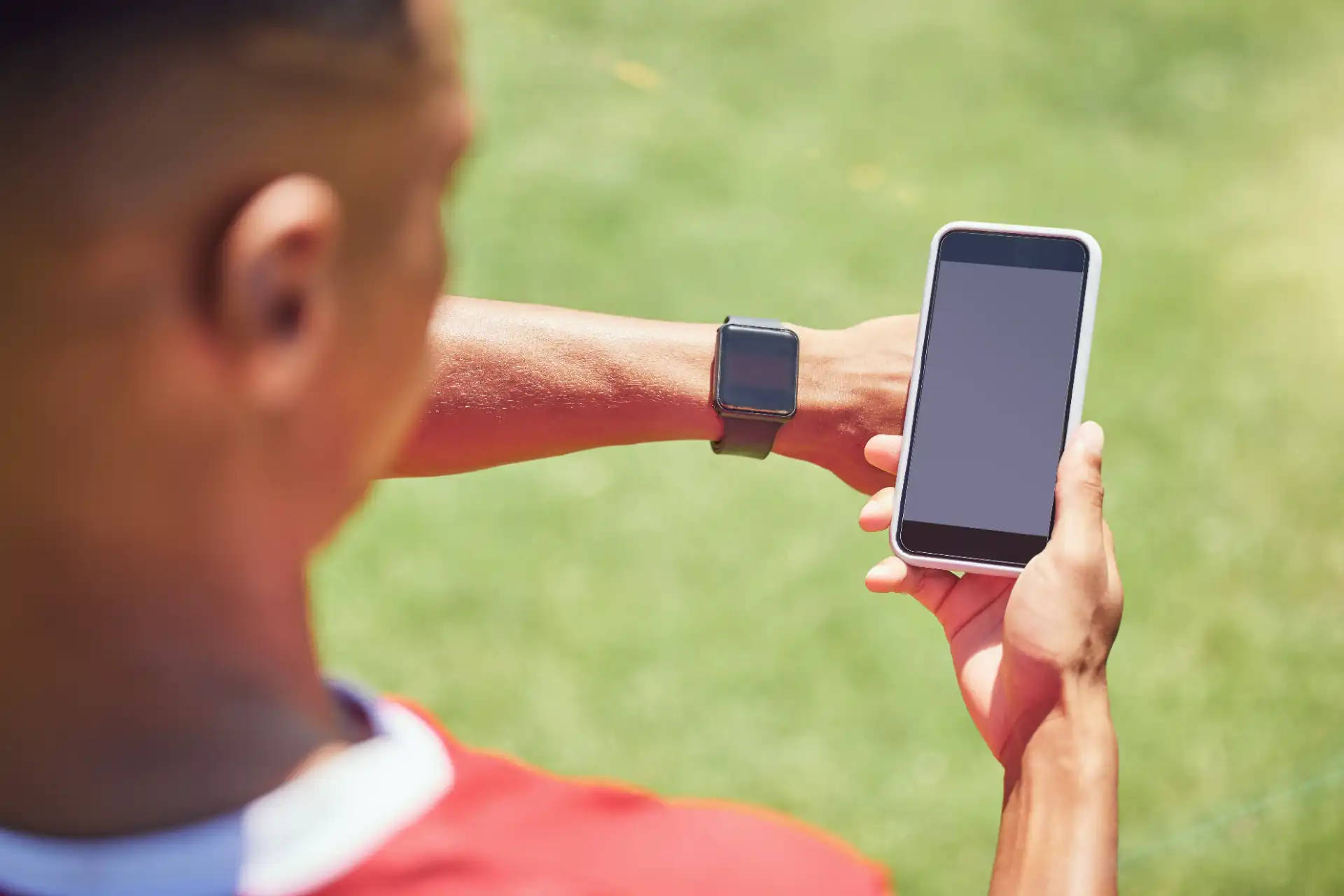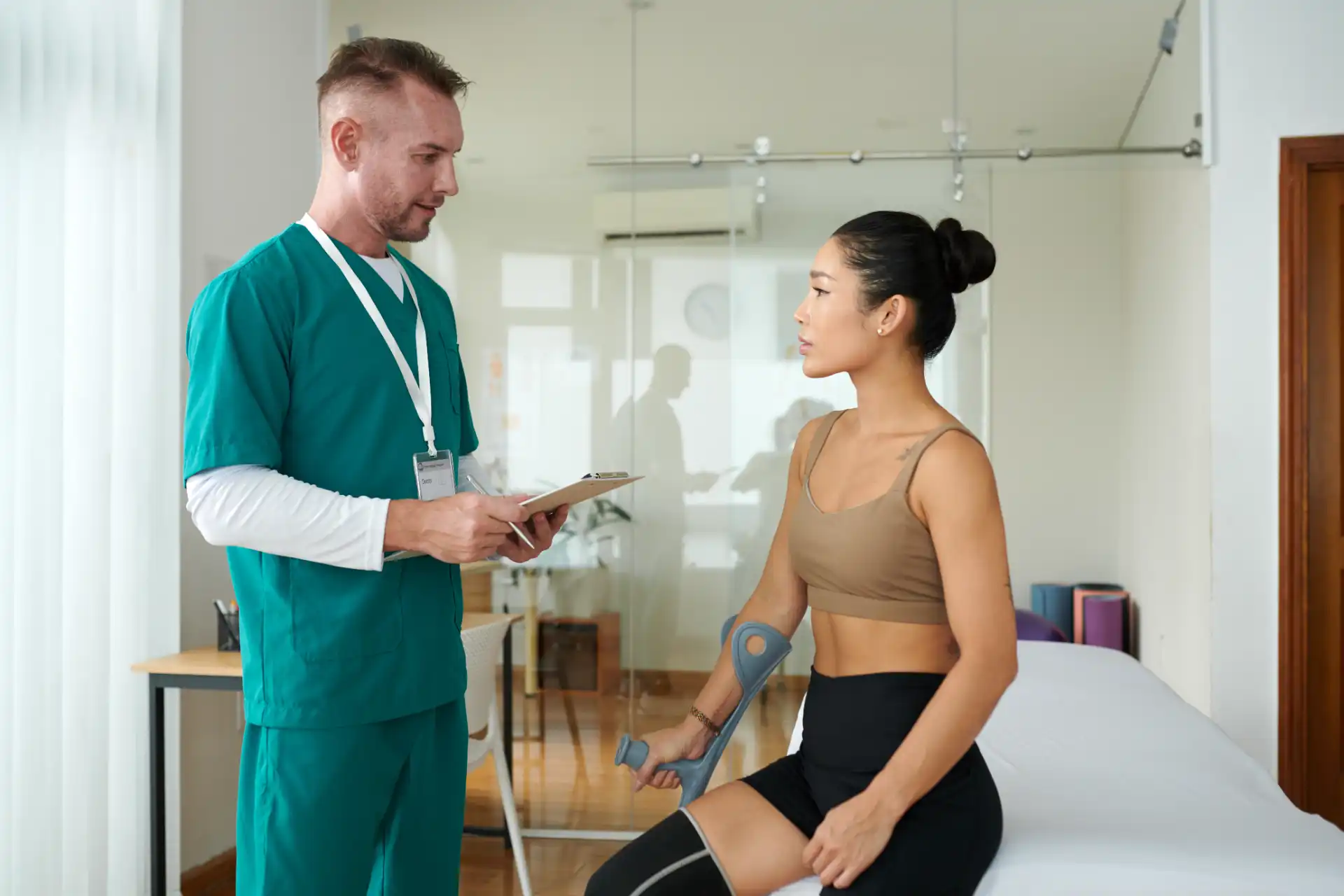Wearable tech sports injuries are becoming a major conversation in modern fitness. Smartwatches, fitness trackers, and motion sensors promise to make training safer—but when overused or misunderstood, they can actually cause harm. This article explores how wearable technology can both prevent and contribute to sports injuries, offering practical strategies for athletes, coaches, and everyday exercisers to stay balanced and healthy.
Technology now plays a role in almost every part of fitness. From tracking steps to analyzing muscle load, wearable devices give athletes data that was once available only in professional labs. Used wisely, these insights can improve performance and reduce injury risk. But the danger lies in mistaking data for wisdom—because even the smartest device can’t replace body awareness and rest.
What Is Wearable Tech in Sports Injury Prevention?
Wearable technology includes any electronic device worn on the body that monitors physical performance or health. Examples include fitness watches, chest straps, GPS sensors, smart clothing, and motion trackers embedded in shoes or apparel. These tools collect detailed metrics such as heart rate, oxygen levels, running cadence, and sleep quality—allowing athletes to fine-tune their training routines.
In sports medicine, wearable tech has become a valuable ally. Physiotherapists use it to track range of motion after injuries, coaches analyze training loads, and recreational users follow sleep cycles to optimize recovery. The potential is enormous—but like all tools, it depends on how you use it.

How Wearable Tech Helps Prevent Sports Injuries
The greatest benefit of wearables lies in prevention. They help users notice early warning signs before minor discomfort becomes a full-blown injury. Here are several ways these devices promote safety:
- Load monitoring: Wearables track your training intensity, total volume, and frequency, helping you avoid the “too much, too soon” pattern that leads to overuse injuries.
- Fatigue detection: Metrics like heart rate variability (HRV) and resting heart rate show whether your body has recovered enough to handle another intense workout.
- Form and technique feedback: Motion sensors identify asymmetries or inefficient movement patterns, which can highlight weak areas before they cause pain.
- Sleep and stress awareness: Consistent poor sleep or chronic stress appears in wearable data long before you feel it physically—allowing you to intervene early.
- Customized recovery alerts: Some devices notify users when they’re at risk of overtraining or when it’s time to rest and hydrate.
Combined, these features make wearable tech a powerful ally in maintaining long-term joint, tendon, and muscle health. According to studies published in the British Journal of Sports Medicine, load management remains one of the most effective tools for preventing sports injuries—and wearables bring that management to your wrist.
When Wearable Tech Can Increase Sports Injury Risk
Ironically, the same devices that promise protection can sometimes contribute to sports injuries. Overreliance on metrics or misinterpretation of data can backfire, especially among competitive individuals who push through pain to meet performance goals.
- Data obsession and overtraining: Chasing daily numbers, streaks, or personal records can override natural fatigue cues. A “perfect” recovery score might tempt you to train despite subtle pain signals.
- Misreading or ignoring context: Numbers can’t account for factors like stress, hydration, or emotional fatigue. High metrics don’t always mean your body is ready.
- False reassurance: A device might report a safe heart rate zone, but that doesn’t reflect mechanical stress on joints, tendons, or connective tissue.
- Sensor errors: Poor calibration or low battery can produce inaccurate data, causing athletes to overexert or under-recover.
Wearables should enhance self-awareness, not replace it. Listening to your body remains the most accurate sensor you have.
Best Practices for Using Wearables Safely
1) Treat data as guidance—not commands
Your device is a coach, not a dictator. Use it to complement how you feel, not to override it. If your muscles ache or you’re mentally drained, take a lighter day even if your tracker gives you a “green” score.
2) Establish a baseline before chasing improvement
Record at least three weeks of normal training before making big changes. This allows your device to understand your typical patterns, giving more reliable insights when you deviate.
3) Combine data with subjective check-ins
Pair numbers with how you feel: note soreness, mood, appetite, and energy in a log. Qualitative reflection prevents blind dependence on statistics.
4) Adjust alerts and settings thoughtfully
Too many warnings can create “alert fatigue.” Calibrate notifications to meaningful thresholds—enough to guide you, not overwhelm you.
5) Keep your tech healthy
Clean and recalibrate devices regularly. Replace worn straps and update firmware to maintain sensor accuracy. A small maintenance habit prevents misleading readings.
6) Balance technology with analog recovery
Wearables monitor your metrics, but recovery happens in real life—through sleep, hydration, stretching, and relaxation. Let tech inform your choices, not dictate them.
![]()
How Wearable Tech Supports Injury Recovery
Beyond prevention, wearable devices are increasingly used in injury recovery programs. Physical therapists employ motion sensors to track rehabilitation exercises, while athletes use wearable sleeves or straps to monitor progress. These technologies help ensure recovery plans are effective and personalized.
- Range of motion tracking: Smart sleeves record joint angles, helping clinicians measure progress objectively.
- Step and gait analysis: Sensors detect uneven walking patterns during return-to-play protocols.
- Heart rate monitoring: Keeps post-injury workouts within safe zones, avoiding reinjury from overexertion.
- Biofeedback training: Devices vibrate or alert users when posture or form deviates from ideal patterns, reinforcing safe mechanics.
For athletes recovering from ligament tears, tendinitis, or stress fractures, wearable tech offers motivation and accountability. Seeing progress quantified boosts confidence and adherence to rehab plans.
What Parents and Coaches Should Know
Wearables are also entering youth sports, raising both opportunities and concerns. Parents eager to keep kids safe may rely heavily on data, but children’s growing bodies need more rest and flexibility than devices recognize. Coaches should teach young athletes to interpret data responsibly and emphasize listening to discomfort, not chasing streaks or scores.
In family health settings, wearable data can promote better communication between teens, parents, and healthcare providers. Shared dashboards can alert families when training loads spike, allowing timely rest days before injury occurs.
Ethical and Practical Considerations
- Data privacy: Who owns your health information? Always review your device’s privacy policy and disable unnecessary sharing.
- Accessibility: High-end wearables may be cost-prohibitive; consider simpler alternatives that still track core metrics effectively.
- Balance and mindset: Constant monitoring can foster anxiety. Schedule “tech-free” training sessions to reconnect with intuition.
Conclusion: Making Wearables Work for You
Wearable tech sports injuries show both sides of modern training—data-driven prevention and data-driven overuse. The devices themselves aren’t dangerous; misuse is. When you treat wearables as companions instead of competitors, they become powerful allies in lifelong fitness and injury resilience.
Trust your data, but trust your body more. The future of sports medicine lies in merging technology with self-awareness, empathy, and recovery wisdom.
For more insights, explore How to Recognize Early Signs of Sports Injuries Before They Get Worse and Sports Injury Recovery: Expert Tips for a Faster Healing Process.




